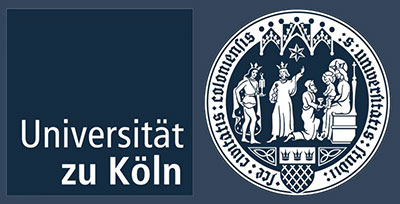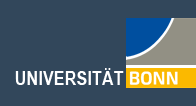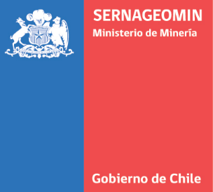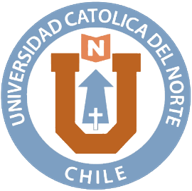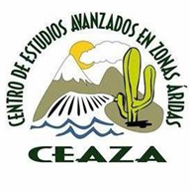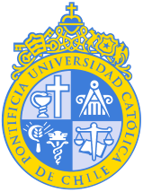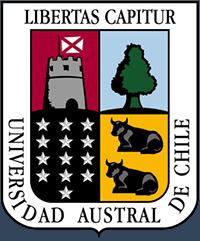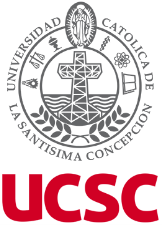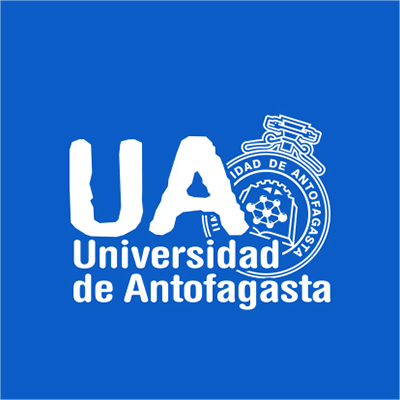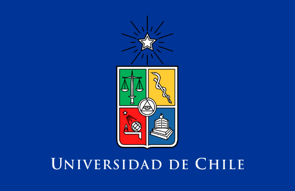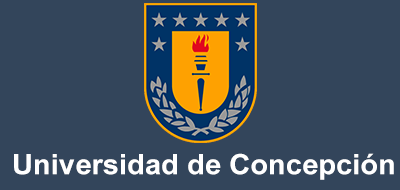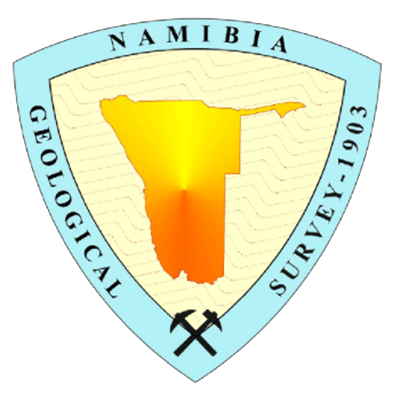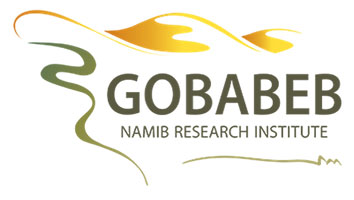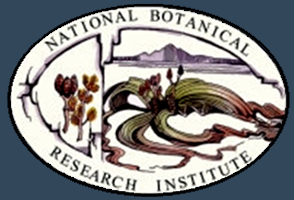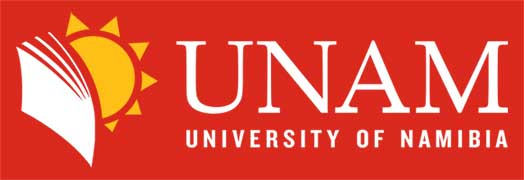CRC 1211 at the annual meeting of the DMG sections Geochemistry, Petrology & Petrophysics
|
|
| Gather.Town group picture |
This year’s section meeting of the Geochemistry, Petrology & Petrophysics groups of the DMG just took place on June 5th & 6th. The two-day event was -of course- organized online, via the online platform GatherTown. Organizers truly outdid themselves in creating a large, interactive and fun space for researchers from all over Germany to interact with each other, exchange ideas, and have a good time. The UoC contributed to the two-day event with talks and posters, while the CRC 1211 was represented by two posters from C04 and D02.
As a cherry on top, this year’s poster-prize went to PhD student Niklas Wehmann (C04), who is working on deciphering the transformation process of water-bearing gypsum to water-free anhydrite in the Atacama Desert.
We surely are looking forward to many more productive meetings of this kind and discuss -maybe even in person- the latest research from all over the country.
view poster (poster-prize winner Niklas Wehmann)



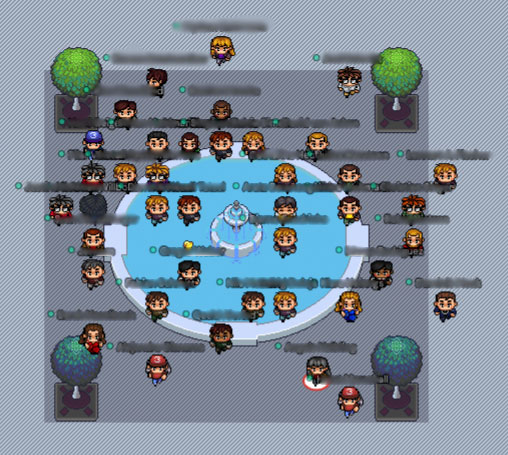
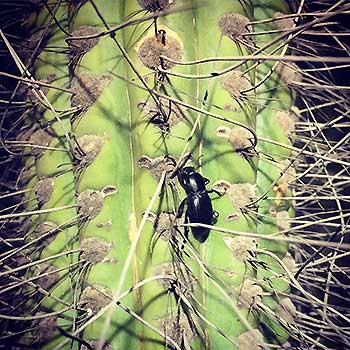
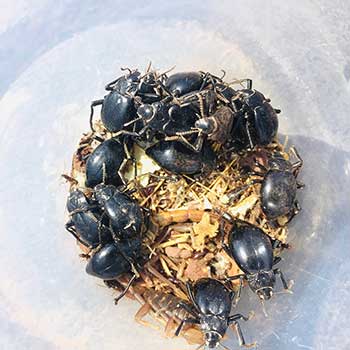
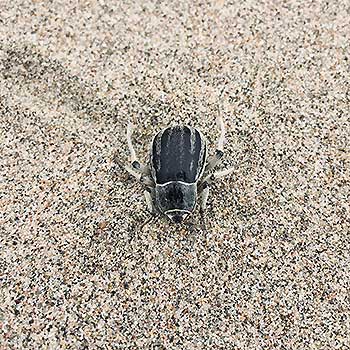
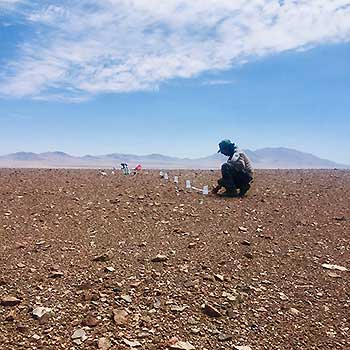
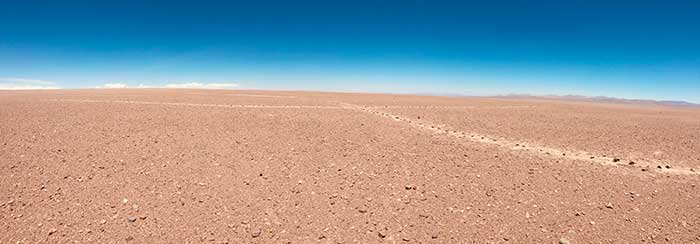
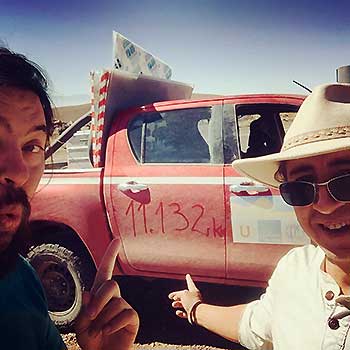

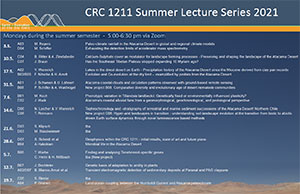
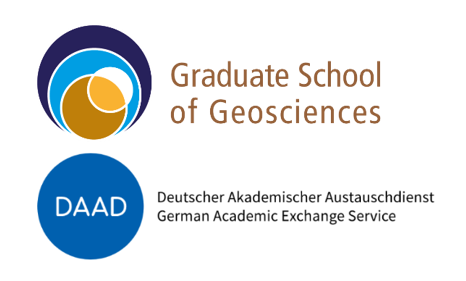 Supported by the
Supported by the 